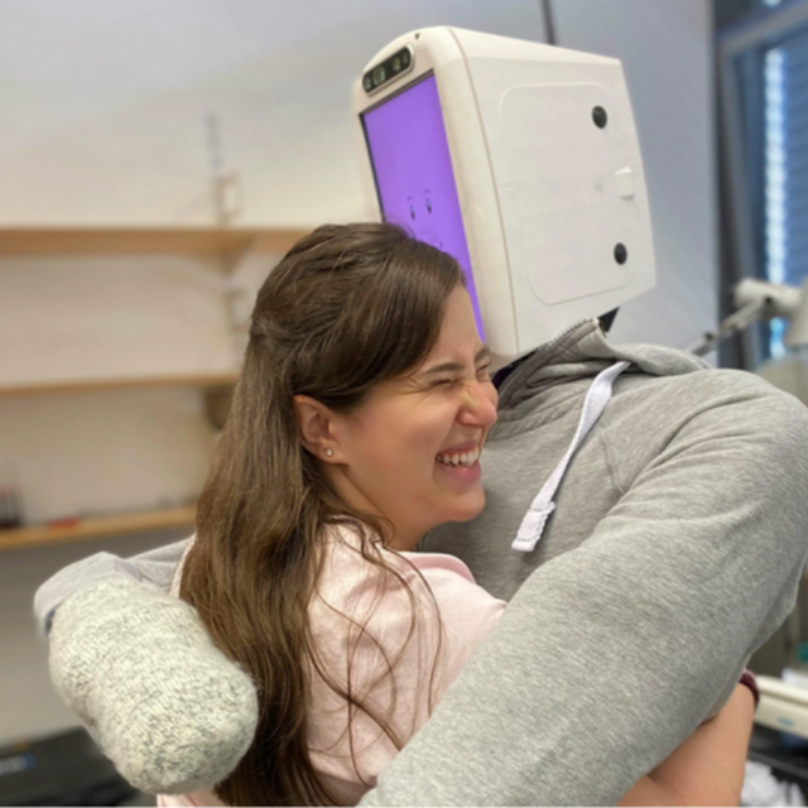- Technology
- SEE MORE
- classical
- general
- talk
- News
- Family
- Bürgerfunk
- pop
- Islam
- soul
- jazz
- Comedy
- humor
- wissenschaft
- opera
- baroque
- gesellschaft
- theater
- Local
- alternative
- electro
- rock
- rap
- lifestyle
- Music
- como
- RNE
- ballads
- greek
- Buddhism
- deportes
- christian
- piano
- djs
- Dance
- dutch
- flamenco
- social
- hope
- christian rock
- academia
- afrique
- Business
- musique
- ελληνική-μουσική
- religion
- World radio
- Zarzuela
- travel
- World
- NFL
- media
- Art
- public
- Sports
- Gospel
- st.
- baptist
- Leisure
- Kids & Family
- musical
- club
- Culture
- Health & Fitness
- True Crime
- Fiction
- children
- Society & Culture
- TV & Film
- gold
- kunst
- música
- gay
- Natural
- a
- francais
- bach
- economics
- kultur
- evangelical
- tech
- Opinion
- Government
- gaming
- College
- technik
- History
- Jesus
- Health
- movies
- radio
- services
- Church
- podcast
- Education
- international
- Transportation
- Other
- kids
- podcasts
- philadelphia
- Noticias
- love
- sport
- Salud
- film
- and
- 4chan
- Disco
- Stories
- fashion
- Arts
- interviews
- hardstyle
- entertainment
- humour
- medieval
- literature
- alma
- Cultura
- video
- TV
- Science
- en
#92 - OpenAIs DALL-E 2, Googles PaLM, AI Intel in Ukraine, Hugging Robots

Our 92nd episode with a summary and discussion of last week's big AI news!\nOutline:\n(0:00) Intro\nResearch & Advancements\n(01:15) OpenAI's new DALL.E model turns your words into pieces of art\n(5:45) Pathways Language Model (PaLM): Scaling to 540 Billion Parameters for Breakthrough Performance\n(10:00) Lighting Round\nStanford Researchers Have Developed a Machine Learning-Based Algorithm To Detect Autism in Brain \u201cFingerprints\u201d - "Patients with autism who are diagnosed early and definitively may benefit from earlier therapies and better results. Stanford researchers have created an algorithm that can tell if someone has autism by analyzing brain images."\nJohns Hopkins\u2019 heart-scanning AI predicts cardiac arrests up to 10 years ahead - "Researchers at Johns Hopkins University have developed an artificial intelligence approach they say can help predict if and when a person could die of cardiac arrest based on imaging scans of the heart."\nAI Betting Agents Weigh In On Reproducibility Of Research Findings - "Penn State researchers have created synthetic \u201cprediction markets\u201d for speculating on the replicability of published studies with unparalleled accuracy."\nAI turns infrared images taken in total darkness into full colour - "The black-and-white images provided by night-vision cameras can be colourised using AI, but it must always be trained on similar images and is unlikely to ever work on unfamiliar general scenes"\n\n\nApplications & Business\n(12:15) First autonomous X-ray-analyzing AI is cleared in the EU - "An artificial intelligence tool that reads chest X-rays without oversight from a radiologist got regulatory clearance in the European Union last week \u2014 a first for a fully autonomous medical imaging AI, the company, called Oxipit, said in a statement."\n(14:45) Werner to use self-driving trucks on 600 mile lane deemed \u2018unappealing\u2019 for human truck drivers - "Werner Enterprises in partnership with autonomous vehicle tech company Aurora Innovation, Inc. launched a commercial pilot program in Texas."\n(17:00) Lighting Round\nElon Musk says production of Tesla's robot could start next year, but A.I. experts have their doubts - "Tesla has yet to reveal a working prototype of the robot, however, and it\u2019s unclear how sophisticated Optimus is at this stage."\nThis California-based HealthTech Startup is Using Artificial Intelligence To Modernize and Personalize Fertility Care - "Alife Health, a San Francisco-based startup is using artificial intelligence to improve IVF fertility outcomes."\nUsing machine learning to improve student success in higher education - "[overview of topic Deploying machine learning and advanced analytics thoughtfully and to their full potential may support improvements in student access, success, and the overall student experience."\nMicrosoft and HPE put AI to the test on International Space Station \u2026 with gloves - "An image of a spacewalker\u2019s gloves is analyzed for signs of wear using AI"\n\n\n\nSociety & Ethics\n(20:45) California suggests taking aim at AI-powered hiring software - "A newly proposed amendment to California's hiring discrimination laws would make AI-powered employment decision-making software a source of legal liability."\n(23:03) As Russia Plots Its Next Move, an AI Listens to the Chatter - "With vast amounts of data becoming available to intelligence analysts, new tools will help them sift and interpret it all\u2014but they will introduce new risks, too."\n(25:22) Lightning\n\nFace scanner Clearview AI aims to branch out beyond police - \u201cThe new "consent-based" product, with aspirations of competing with Amazon and Microsoft, would use Clearview's algorithms to verify a person's face for bank transactions or commercial purposes.\u201d\n\nGoogle Says AI Generated Content Is Against Guidelines - "Google\u2019s Search Advocate John Mueller says content automatically generated with AI writing tools is considered spam, according to the search engine\u2019s webmaster guidelines."\nCalifornia suggests taking aim at AI-powere